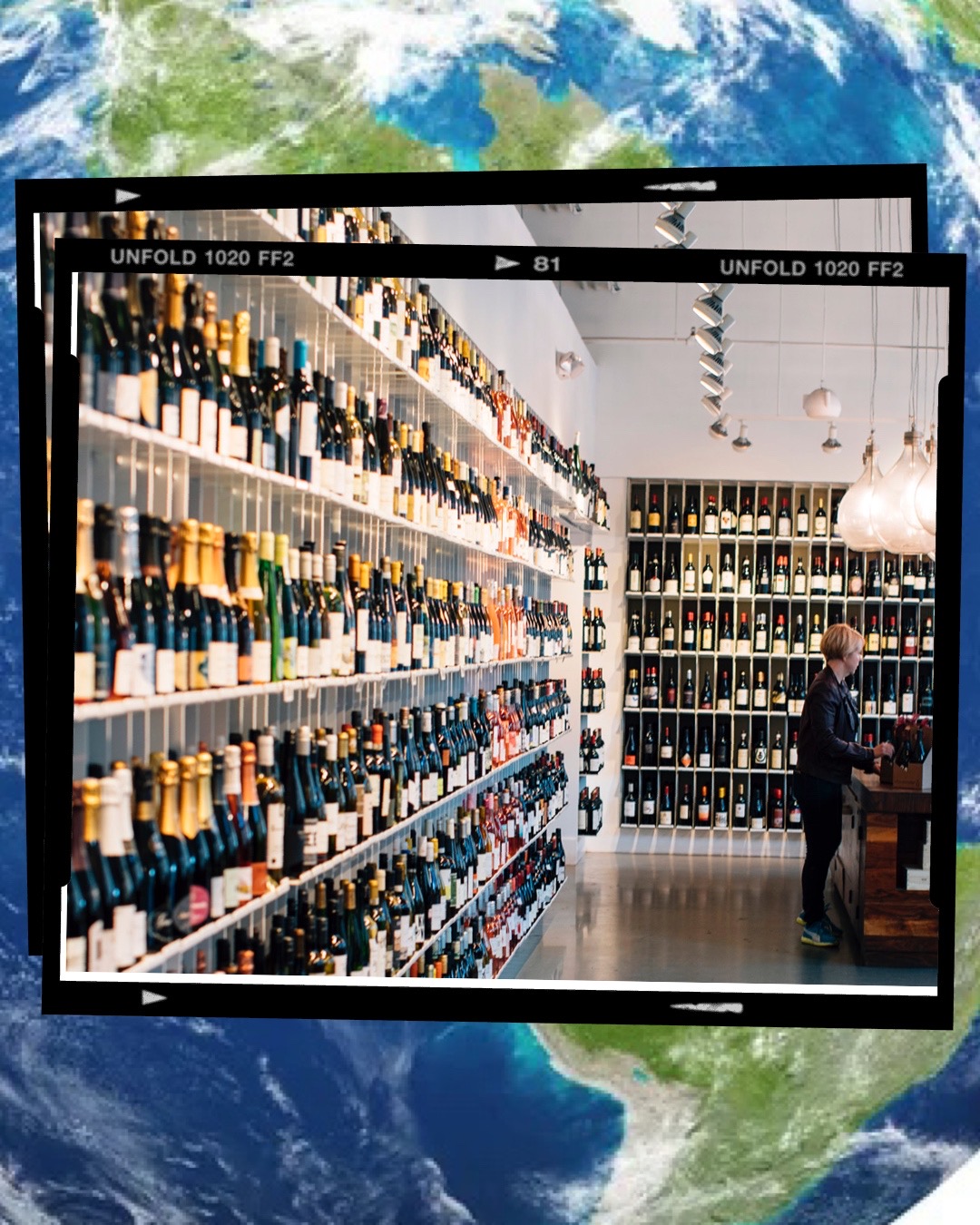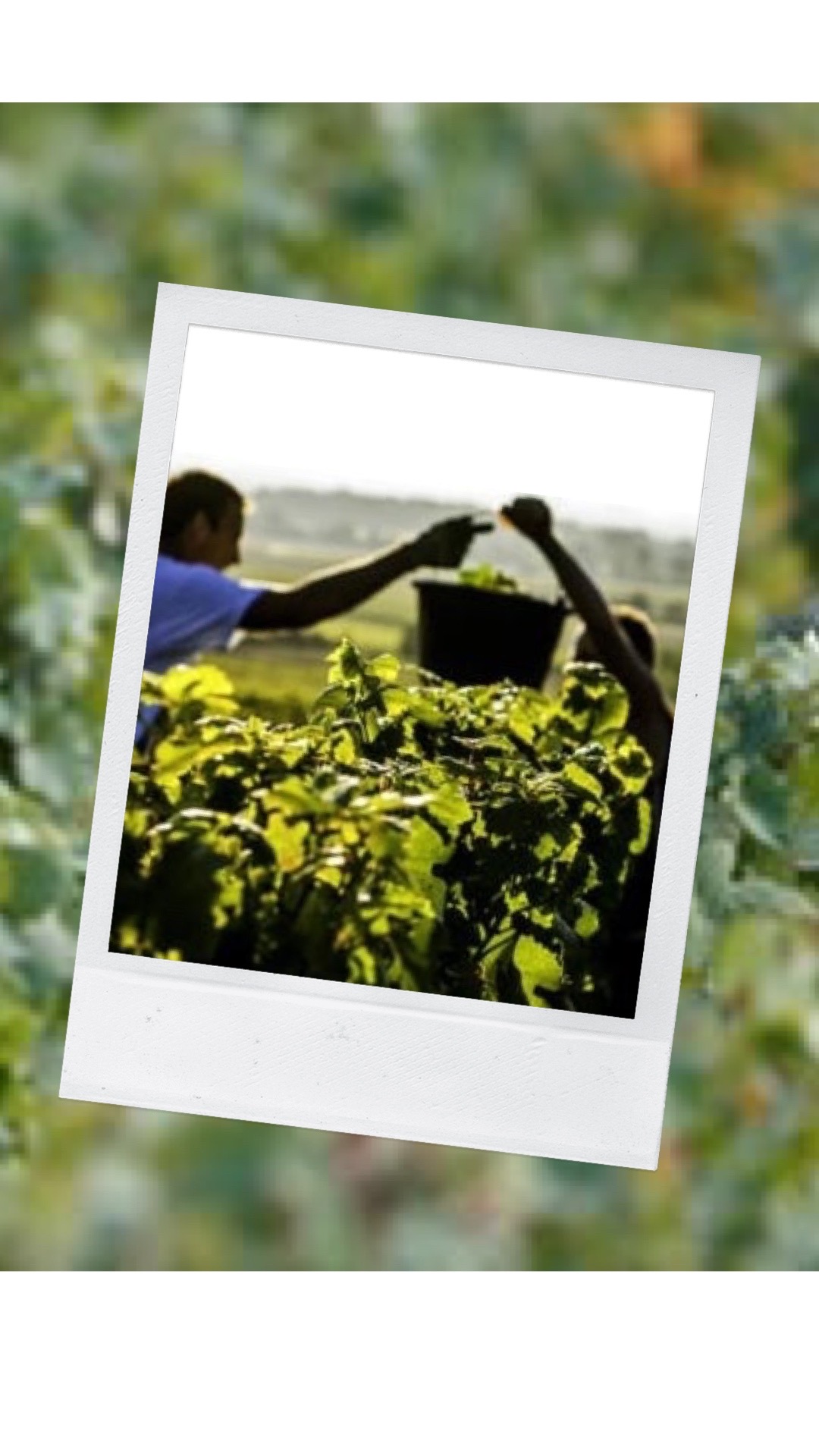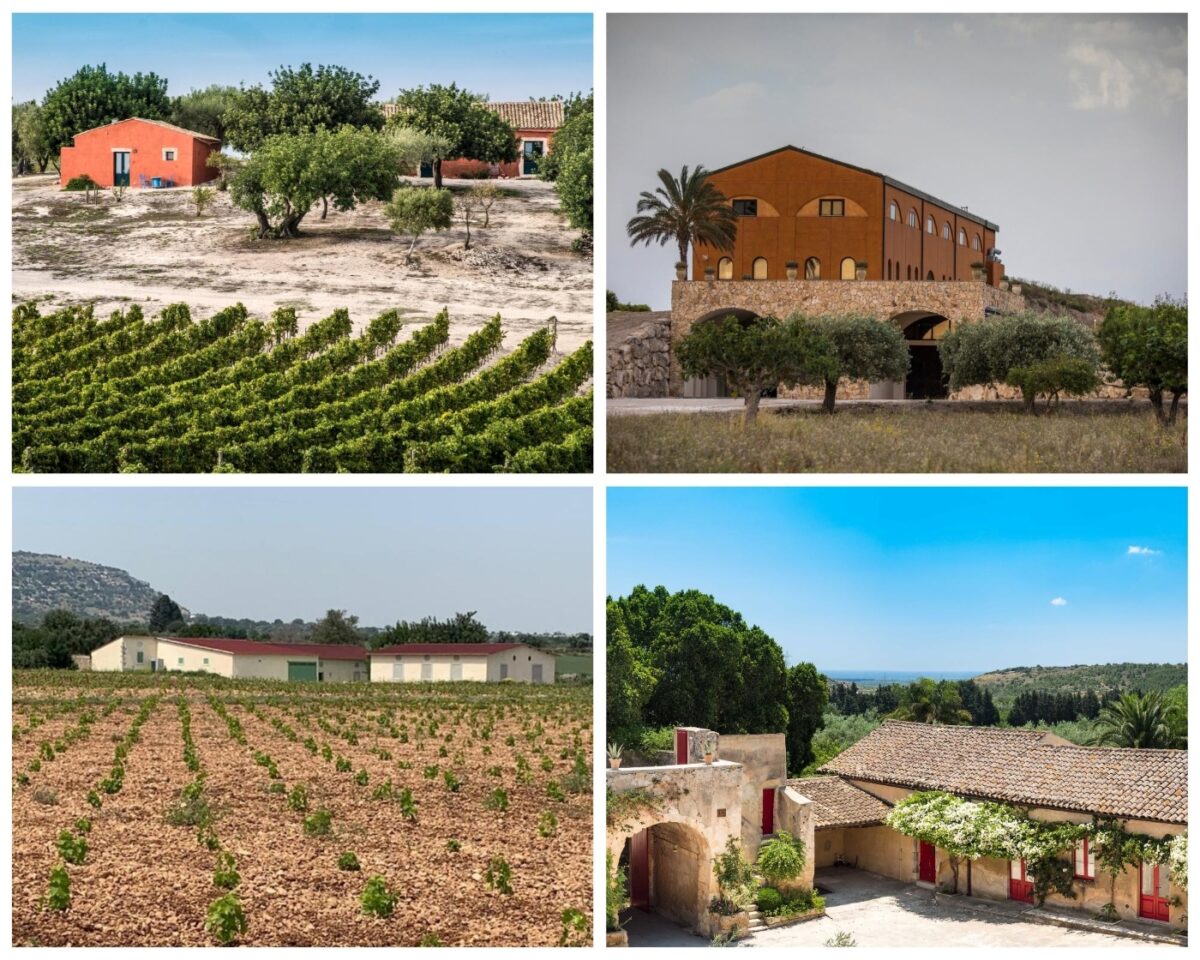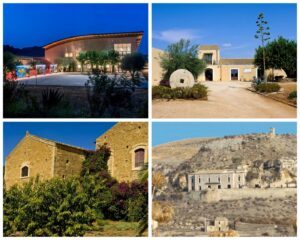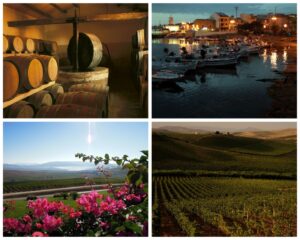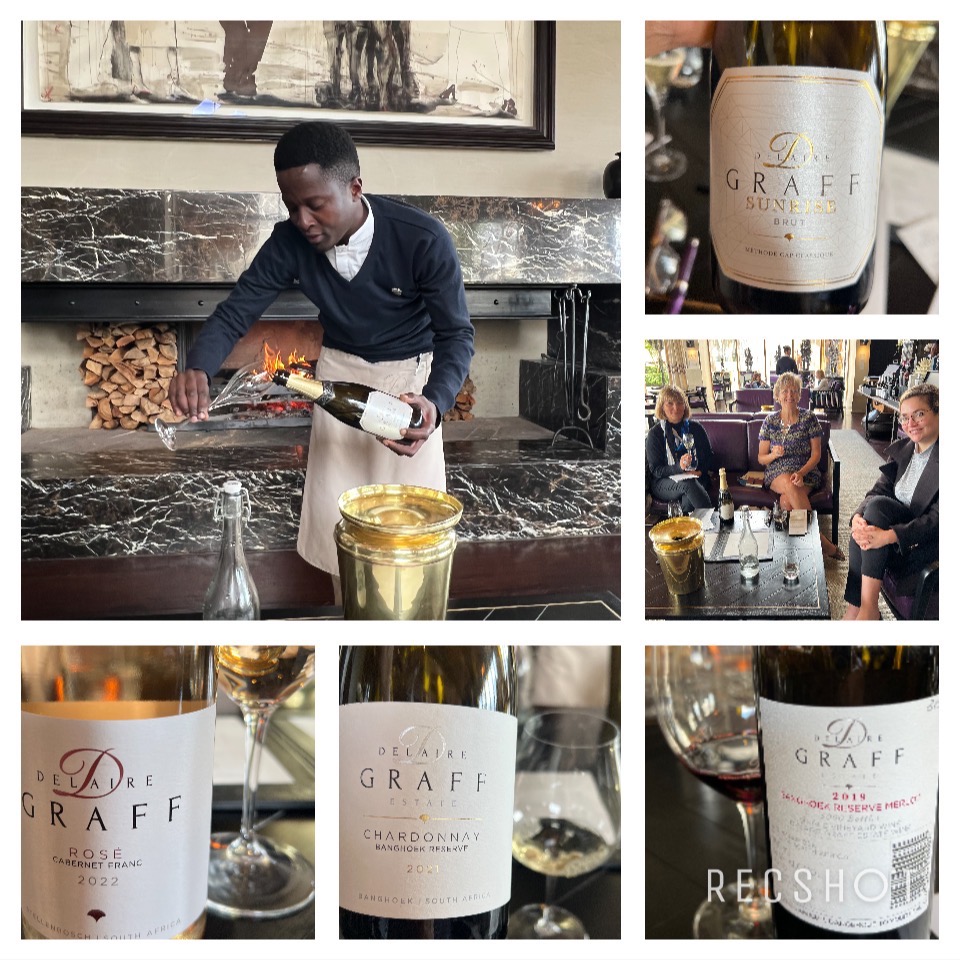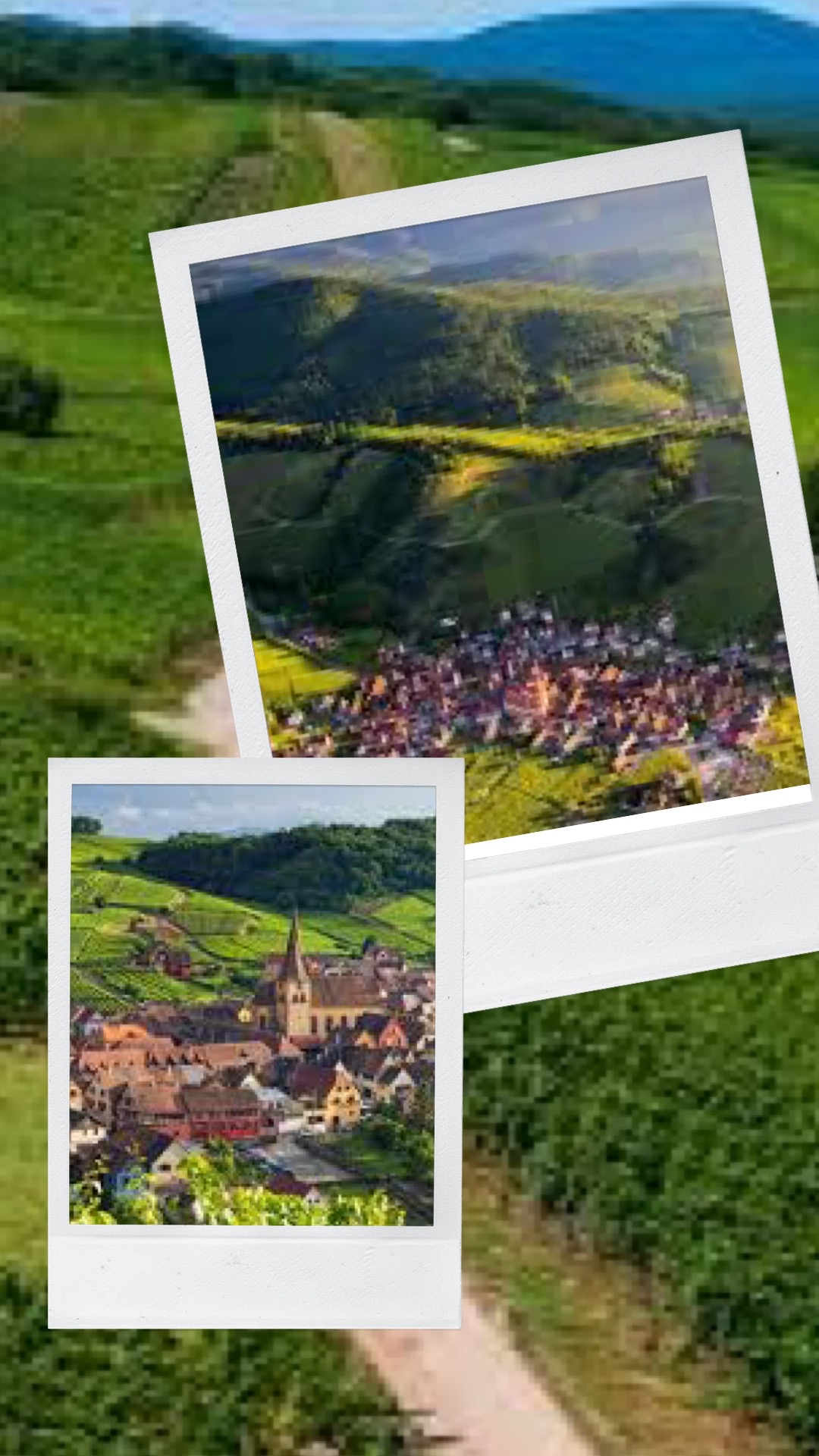The International Organise of Vine and Wine (OIV) published the “State of the World Wine and Vine Sector 2021” report April 2022 which estimates wine consumption per country, which also includes which countries consume the most wine per annum.
Despite the Western European reputation for a glass of wine with lunch and a glass of wine with dinner, it appears that the US (with its population of approximately 258 million adults) consumes the most wine per annum.
The estimated 2021 total consumption of 236 million hectolitres marks a 0.7% increase on the 2020 level, disrupting a trend of otherwise continuous decline from 2018 to 2020. This spike can be partially attributed to the reopening of the on-trade.
Note: this data is not per capita but estimates overall consumption for each country.
Here is a list of the top 10 counties that consume the most wine each year.
1) USA – 33.1 mhl
33.1 mhl equates to about 4.4 billion standard 75 cl bottles. Also note that USA still has dry municipalities and where alcohol cannot legally be purchased by anyone under the age of 21. The OIV data indicates that wine consumption has risen by around 5% since 2016, with older, affluent consumers driving the market.
2) France – 25.2 mhl
Consumption has slightly decreased in France in recent years, falling from an estimated 28.3 mhl in 2016, though this figure is actually 2% above the pre-pandemic volume. There are still those who enjoy their two glasses a day, including President Emmanuel Macron, but attitudes have shifted to favour less frequent consumption. Health consciousness may be part of it, though attempts to place the Nutri-Score system on bottles and label wines as “unhealthy” were met with outrage from the industry and consumers.
3) Italy – 24.2 mhl
Just falling short of France, Italian wine consumption does not meet the level of its wine production, with the country making almost twice as much wine as it drinks. This amount is actually Italy’s highest level since 2008, though sales of all alcohol in Italy declined by -8.5% during the pandemic. The notable rise also comes in spite of a report suggesting that while more Italians are drinking wine, consumption is less frequent.
4) Germany – 19.8 mhl
Sparkling wine is especially popular among German consumers. Prosecco and Cava juggernaut Henkell Freixenet’s recent results show that Germany, Austria and Switzerland remains the company’s strongest region. Champagne is also fizzing ahead – with the 15 million bottles sold in Germany in 2021 representing a phenomenal 28% increase on the 2019 level, a symptom of post-pandemic celebrations.
5) UK – 13.4 mhl
A survey of Brits’ favorite wine brands shows that there is a strong preference for sweet, less expensive wines or expensive Champagne. As for British bottles, the Queen’s Platinum Jubilee served as an occasion for many to crack open fizz from England’s burgeoning sparkling sector – as consumption has tripled since the Diamond Jubilee. Last year’s result was approximately 3.4% above the five-year average and shows that, despite Brexit, the UK remains a strong market.
6) China – 10.5 mhl
Wine consumption did drop by -17.4% between 2019 and 2020, largely as a result of the country’s rigid lockdowns, and by a further -15.4% in 2021. China was also a major market for Australian wine, but the tariff dispute which began in March 2021 shows no sign of cooling down.
7) Russia – 10.5 mhl
Russia has a reasonably-sized wine industry, producing an average of 4.5-5 mhl of wine per annum, and there is a strong domestic market for it. Indeed, as the country has become increasingly isolationist, Putin’s antagonism toward the European wine industry has grown, such as was the case with his declaration that only Russian sparkling could be labeled as ‘Champagne’. Despite this, there is still demand for foreign wine, and it will be interesting to see how this consumption figure changes, in light of the trade sanctions imposed as a response to the Russian invasion of Ukraine.
8) Spain – 10.5 mhl
Spain is a major global producer, on a similar level to France. However, despite wine being a fixture of meals in the country, alcohol consumption plummeted by -16% in 2020 as the majority of drinking takes place in restaurants and bars, which were shut during lockdowns, the reopening of those venues resulted in a 9.9% boost on the 2020 volume, a result that reflects pre-pandemic figures.
9) Argentina – 8.4 mhl
Though producers such as Bemberg have propelled the country’s fine wines into international markets, and Mendozan Malbec is now a staple of supermarket shelves across the world, for a long time most Argentinian wine never left Argentina. But domestic consumption dipped by -11.1% between 2020 and 2021, and the overall trend since the start of this century has been downwards. This is likely due to economic troubles and currency devaluation diminishing consumer purchasing power.
10) Australia – 5.9 mhl
Wine Australia launches AUS$2.2 million biodiversity program
There are currently 20 million drinkers over the legal age. Australia’s wealth of wines has found a domestic audience among millennial drinkers. In fact, between 2018 and 2021, the percentage of regular wine drinkers over the age of 55 fell by -7%, whereas for 25 – 44-year-olds it went up by a third, the reverse of the demographic shift that has been seen in the US. Overall, Australian wine consumption last year was 7.9% above the five-year average, reaching the highest consumption level recorded.
#winenews #wine #redwine #whitewine #Sunday #sundayfunday #wineinfluencer #winetasting #oiv #wineeconomics #wine #winelover #vin #vino #winetime #wineconsumption #winewinewine #winetrends

